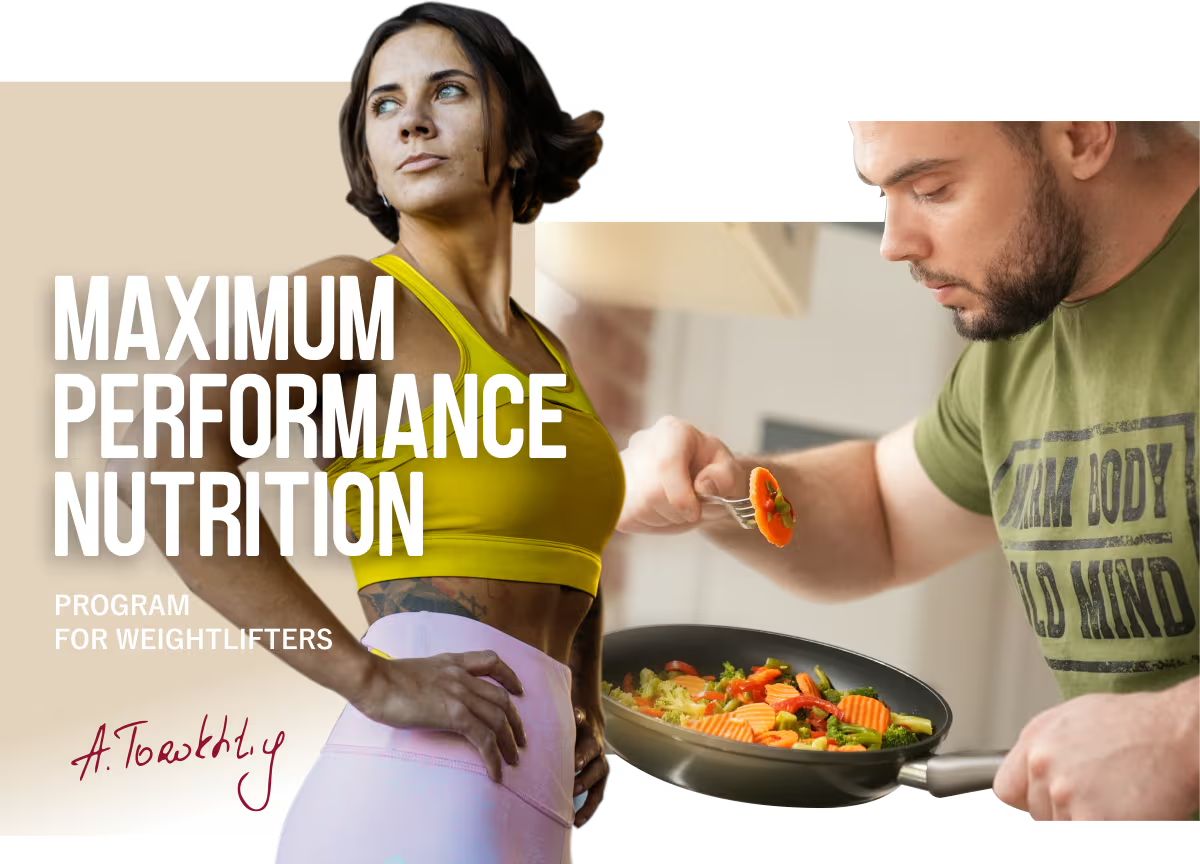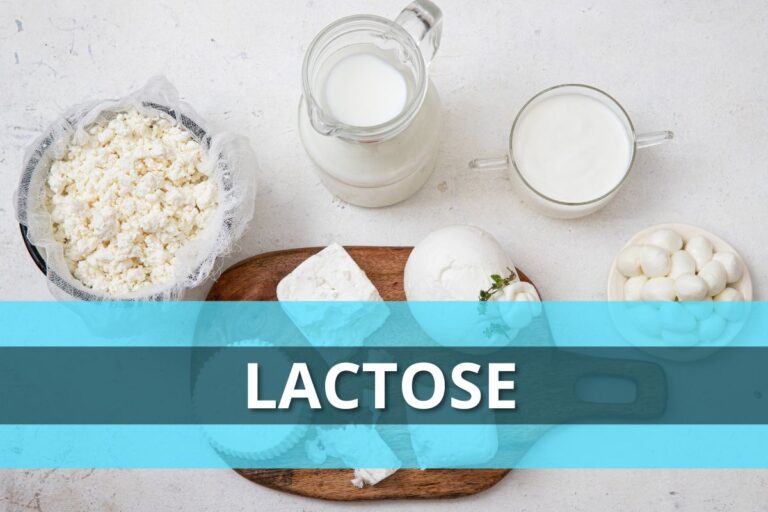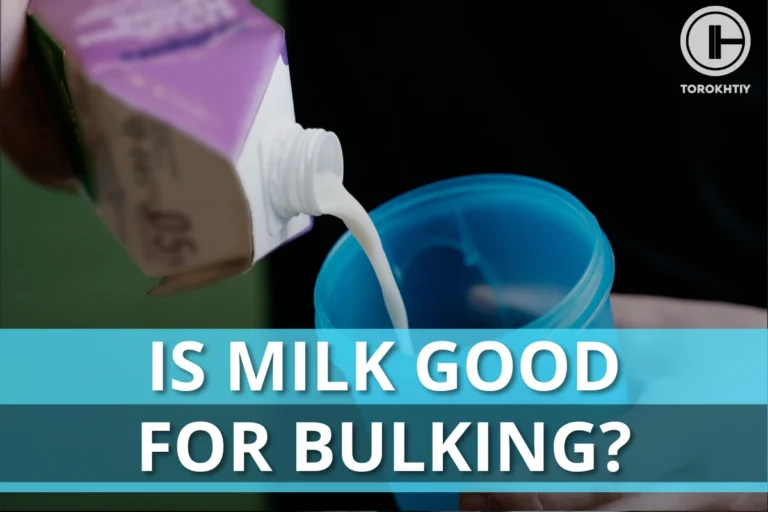All You Need To Know About Vegetables
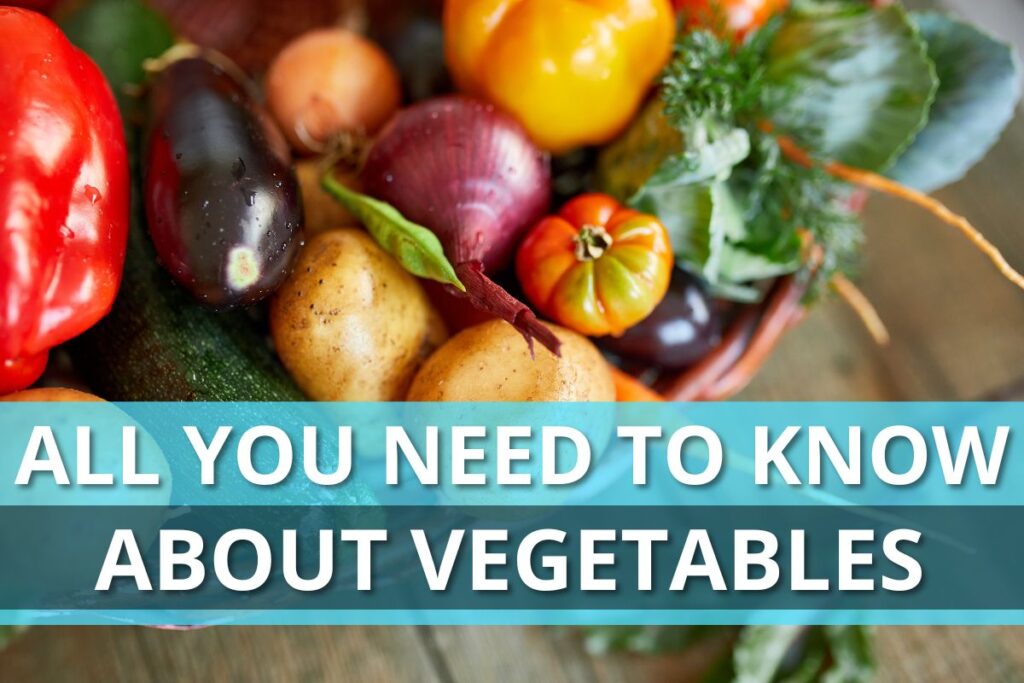
In total, there are 5 main food groups that, according to modern recommendations, should be consumed daily: cereals, vegetables, fruits, dairy and protein products. People who eat more vegetables as part of a balanced diet have a lower risk of developing many diseases. Any vegetable or fresh vegetable juice belongs to the group of vegetables. Today I will tell you what you need to know about this product group.
What are the groups of vegetables?
Depending on their nutrient content, vegetables are divided into 5 subgroups:
- Dark green. This includes broccoli, leafy vegetables (kale, spinach, romaine, iceberg lettuce, watercress, and other salads);
- Red and orange vegetables (carrots, pumpkin, bell peppers, tomatoes, sweet potatoes);
- Starchy (corn, white potatoes, green peas);
- Legumes (beans, soybeans and dried peas) – they also belong to starchy vegetables and protein group of products;
- Other vegetables – cauliflower and Brussels sprouts, celery, beets, cucumbers, eggplant, garlic, onions, zucchini, mushrooms, artichoke.
Dark green vegetables contain mainly vitamins A and C, vitamin B9, potassium, magnesium, calcium and fiber. Most adults are advised to eat 1.5-2 cups of dark green vegetables every week.
Red and orange vegetables are good sources of vitamin A, potassium, and fiber. It is recommended to eat 4 to 6 cups of red and orange vegetables every week.
Starchy vegetables and legumes are a source of carbohydrates, fiber, and many minerals, while legumes are an excellent source of protein, iron, and fiber. 5 cups of starchy vegetables and 1.5 cups of legumes are recommended per week.
It’s important to know. Although sweet potatoes, white potatoes, and legumes are all vegetables, they should be consumed in more modest amounts than other vegetables. This is because they contain much more carbohydrates in the form of starch and are similar in calories to grains. This must be taken into account when planning a diet. By the way, to get a ready-made and balanced diet, you can use our nutrition programs!
The rest of the vegetables vary in nutrient content. Most adults are advised to eat 3.5-5 cups per week.

What else is in vegetables?
Plant-based foods, including vegetables, produce chemical compounds that scientists have combined into a single term – phytonutrients. If we talk about phytonutrients from vegetables, then most often they are divided into 5 or 6 groups, depending on the predominant pigment (color) that these same phytonutrients give them: red, yellow / orange, green, purple / blue and white / beige:
- Red vegetables contain phytonutrients that have been linked to reducing inflammation, antioxidant properties and supporting the immune system.
- Yellow / orange has been associated with reproductive health, endocrine and eye health. Yellow – with enzymatic activity, regulation of gastric motility, the formation of a healthy intestinal microflora. Both orange and yellow vegetables have antioxidant properties.
- Green color can inhibit the activity of carcinogens and protect blood vessels from damage, reduce the risk of development or progression of age-related eye diseases.
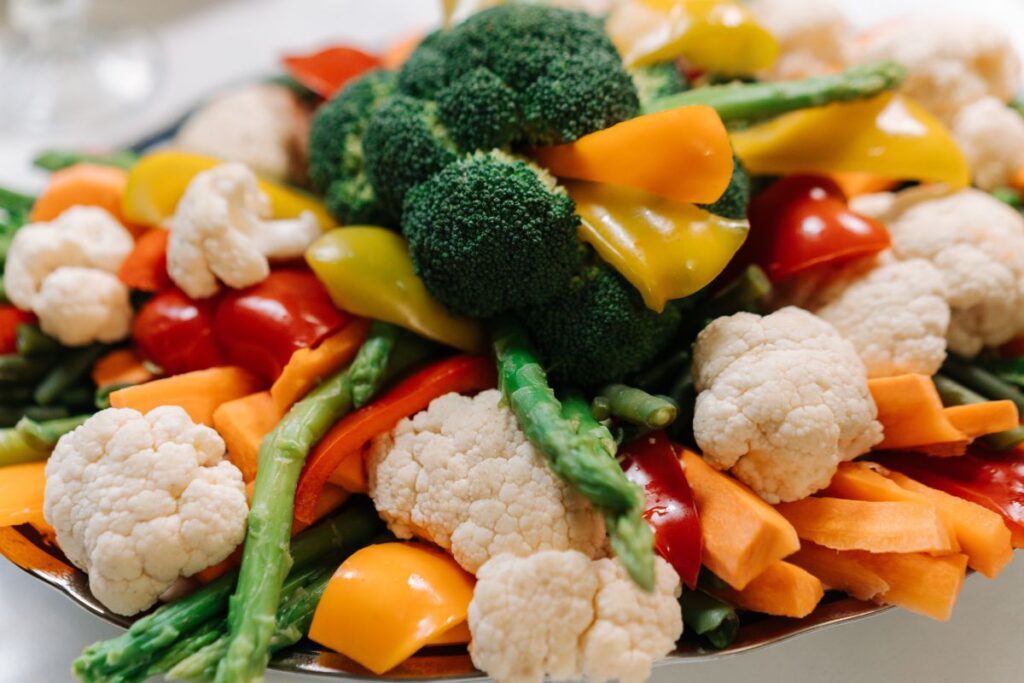
- Violet / cyan / blue can slow down cell aging and prevent blood clots from forming, as well as support memory, thought processes and good mood.
- White / beige has anti-carcinogenic properties. For example, the phytonutrient allicin is found in garlic and is only released when chewed / minced.
What else do you need to know about vegetables?
Vegetables can be eaten in a variety of ways: raw (fresh), boiled, stewed, frozen, dried and grilled. The main thing is that you eat them! Include vegetables in all your main meals and, if possible, in your snacks.
To get the most of phytonutrients, vitamins, minerals and fiber, vegetables are best eaten with the peel. Try to follow the rainbow principle. Eat different colors of vegetables every day. This will give you a mixture of different nutrients that work together.
Buy vegetables in season when they taste best and are available at a good price.
Choose firm frozen vegetables without ice. Ice may indicate that vegetables have been re-frozen.
🔻Maximum Performance Nutrition Program
Unlock your maximum potential with our Maximum Performance Nutrition Program. Tailored for weightlifters, this program offers serving-based diet planning, no food weighing required.
Perfectly complement your training for efficiency, body composition, competition prep, and weight class adjustments. Optimize performance, carbs, meal timing, and supplements.
Weightlifting Meal Plan Details:
- Easy step-by-step instructions;
- Serving control basis with no food weighing;
- Calorie intake is calculated for body mass;
- Adapts to your training schedule;
- Detailed guidance on progress tracking;
- Meal timing and serving sizes master tools;
- One-time payment for unlimited access.
Level up your game today!
Cut off any damaged areas on fresh vegetables before cooking and / or eating. Throw away vegetables that look rotten.
Be sure to wash all vegetables, even if they grow in your garden!
The amount of vegetables you need to eat depends on your gender and your level of physical activity. The amount each person needs can vary from 2 to 3 cups a day, especially when we are talking about green, red and orange vegetables. But if you are very active physically, you may need more vegetables.
Eat vegetables and be healthy!
Related articles:
You might be interested in:
Why Trust Us?
With over 20 years in Olympic Weightlifting, our team does its best to provide the audience with ultimate support and meet the needs and requirements of advanced athletes and professional lifters, as well as people who strive to open new opportunities and develop their physical capabilities with us.
By trusting the recommendations of our certified experts in coaching, nutrition, dietology, and sports training programming, as well as scientific consultants, and physiotherapists, we provide you with thorough, well-considered, and scientifically proven content. All the information given in the articles concerning workout programming, separate exercises, and athletic performance, in general, is based on verified data. We ensure that you can rely on our professionals’ pieces of advice and recommendations that can be treated as personalized ones which will benefit you and fully meet your needs.
The product testing process is described in more detail here
Author: Sergii Putsov
Head of Sport Science, PhD
Best Results: Snatch – 165 kg,
C&J – 200 kg
Sergii Putsov, Ph.D., is a former professional weightlifter and National team member, achieving multiple medals in the 94 kg weight category at national competitions. With a Master’s degree in “Olympic & Professional Sport Training” and a Sport Science Ph.D. from the International Olympic Academy, Greece, Sergii now leads as the Head of Sport Science. He specializes in designing training programs, writing insightful blog articles, providing live commentary at international weightlifting events, and conducting educational seminars worldwide alongside Olympic weightlifting expert Oleksiy Torokhtiy.

